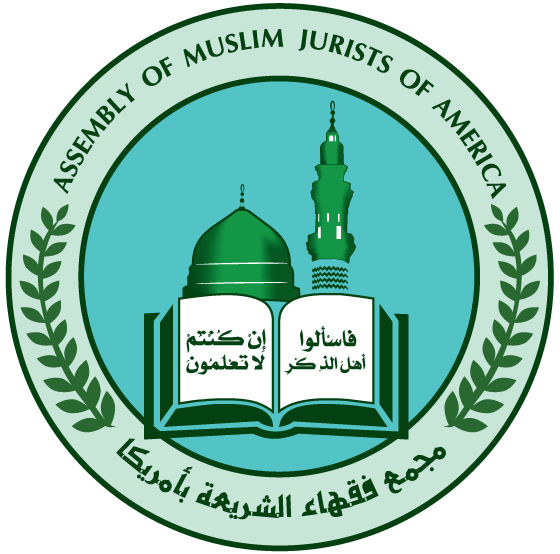- EN (English)
| Fatwa ID: | 80211 |
| Title: | I am totally confused about the issue of Niqab |
| Category: | Women |
| Scholar: | Mohammad Said Mitwally Ibrahim, Ph.D. |
| Date: | 10/12/2009 |
Question
I'm always under the impression that there are arguments from fiqh point of views in wearing niqab. As a student of knowledge, we are thought to respect both sides of the argument. Now, I am not sure anymore about this issue when there's a remark from a Grand Mufti that wearing niqab got nothing to do with religion.. it is purely traditional. I'm confused now. Please shed some light..
Answer
May Allah cool your heart with certainty and shower beneficial knowledge upon your heart. My answer will not focus on giving preference to a juristic view but it is mainly concerned with clarifying whether niqab is held a tradition or a part of Islamic teachings.
1. Every point of disagreement among Muslim jurists has a latent point of agreement. For example if Muslim jurists disagree on niqab by stating that it is either obligatory or recommended both parties unanimously agree that it is recommended. Another example may make it clear. When Scholars disagreed on female circumcision grading it recommended, obligatory or permissible all of them tacitly agreed that it is not forbidden if there is no harm assured or anticipated.
2. Those who admit that niqab is a tradition should simply state that it is an Arabian or pre-islamic custom, since it is historically proved so. To prove that it was practiced in early Islam we have innumerable Qur'anic verses and prophetic traditions. Even if we set all Qur'anic verses and Prophetic traditions aside for the sake of argument, at least both proponent and opponents of niqab admit that it is not permissible for a woman to wear during her state of ihram. Therefore, before and after ihram she is at least allowed to wear niqab (I do not state that niqab is permissible. It is just for the sake of argument). Being allowed is tantamount to permissibility. Permissibility is one of the five legal rulings. Legal ruling is technically defined as communication from the Lawgiver concerning the conduct of the mukallaf (person in full possession of his faculties) which consists of a demand, an option or an enactment (Kamali, Principles of Islamic Jurisprudence, p. 410 ). Niqab is classified by some scholars as obligatory and by others as recommended. Consequently if falls within the boundaries of Shari'ah enactments.
3. Customs that were prevalent during the lifetime of the Prophet and were not expressly overruled by him are held to have received his tacit approval and have become part of the what is known as sunnah taqririyyah (tacit prophetic approval). There are many pre-Islamic customs that were retained by Islam such as the liability of the kinsmen of an offender for the payment of blood money. Can we claim that such a concept is merely a pre Islamci custom?
4. There are many proofs that were used by those who held niqab obligatory and by others who held it recommended. All those proofs should be use to certainly affirm that it is a part of religion.




